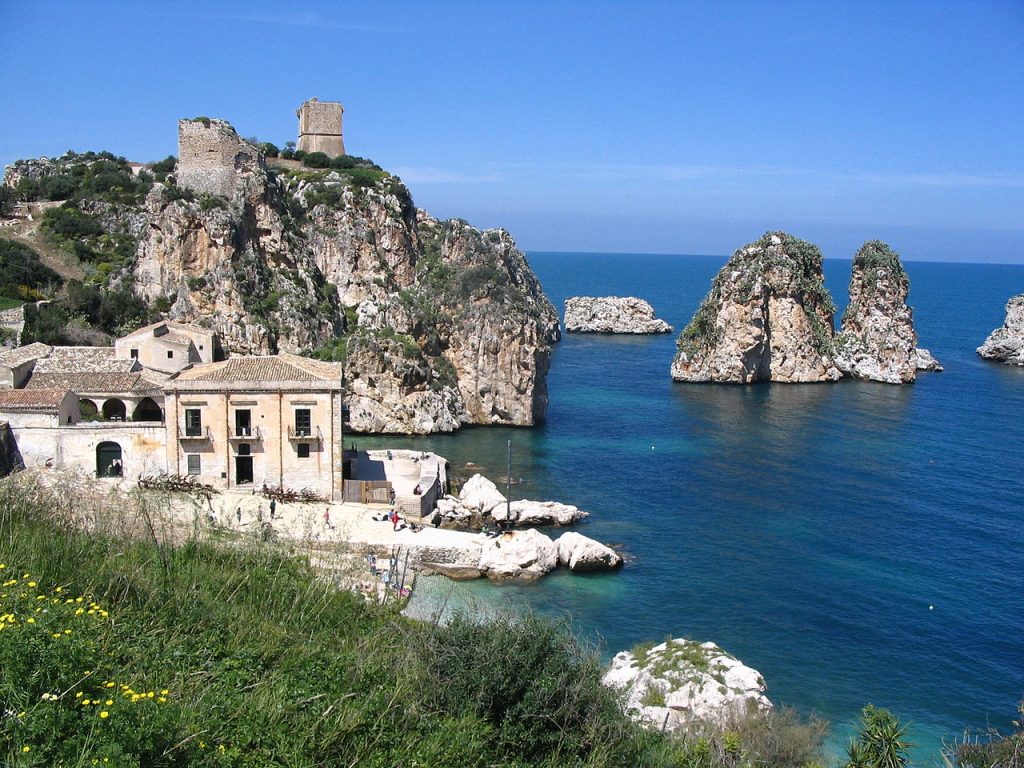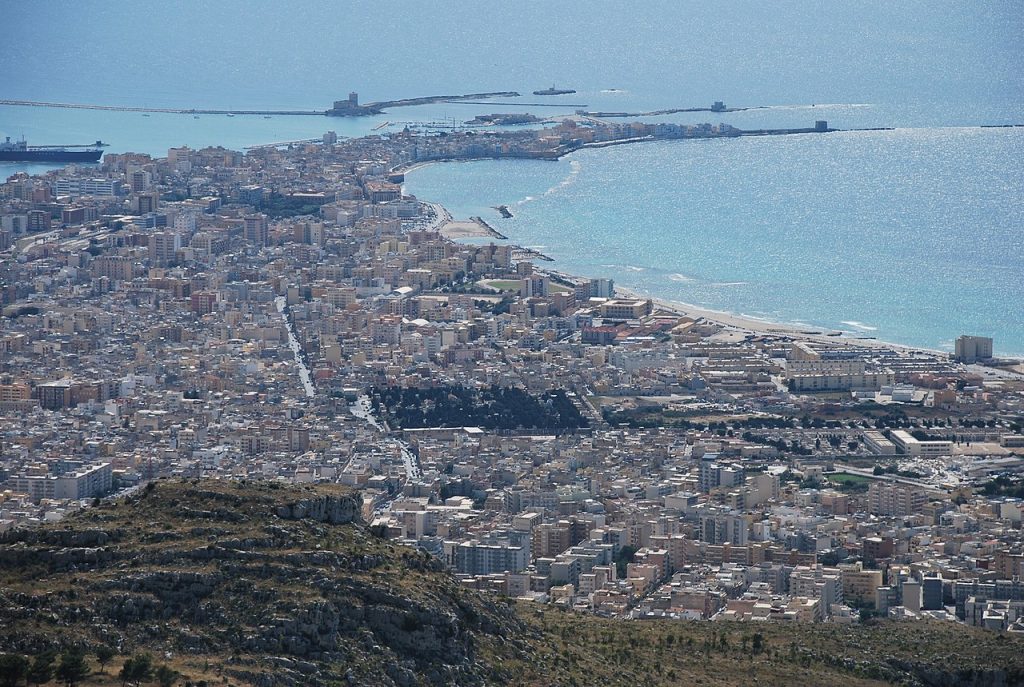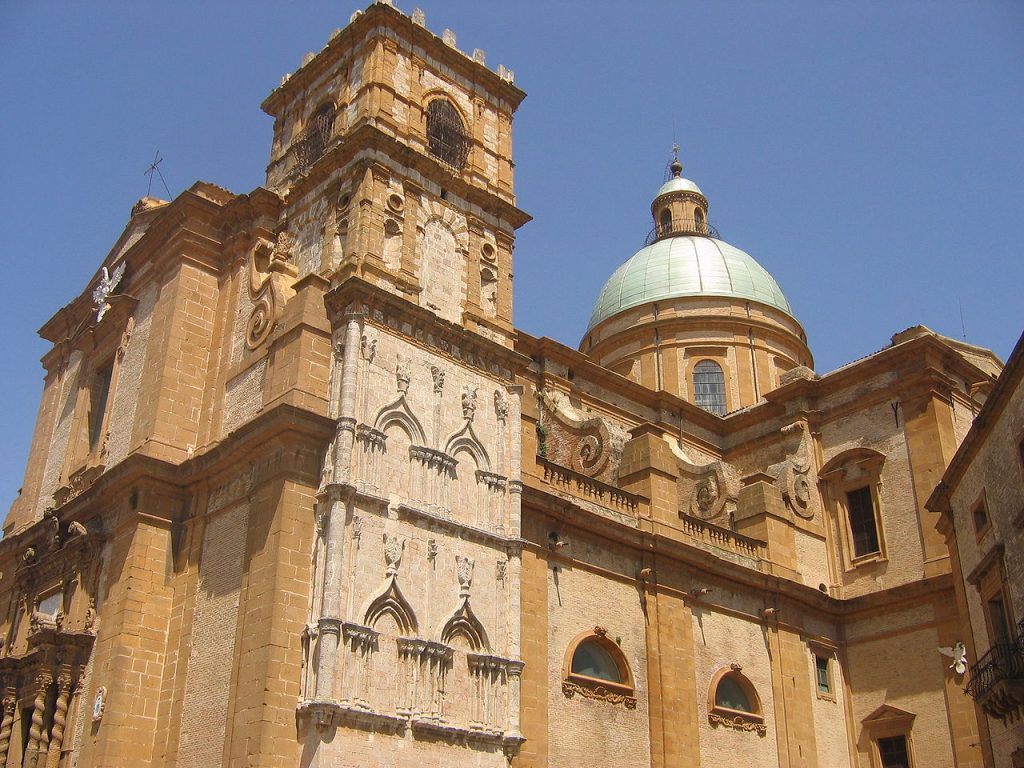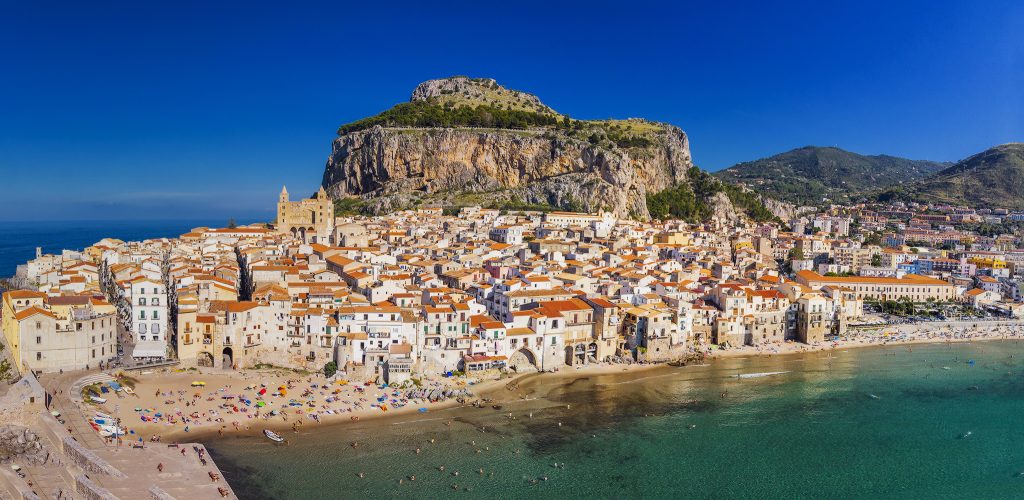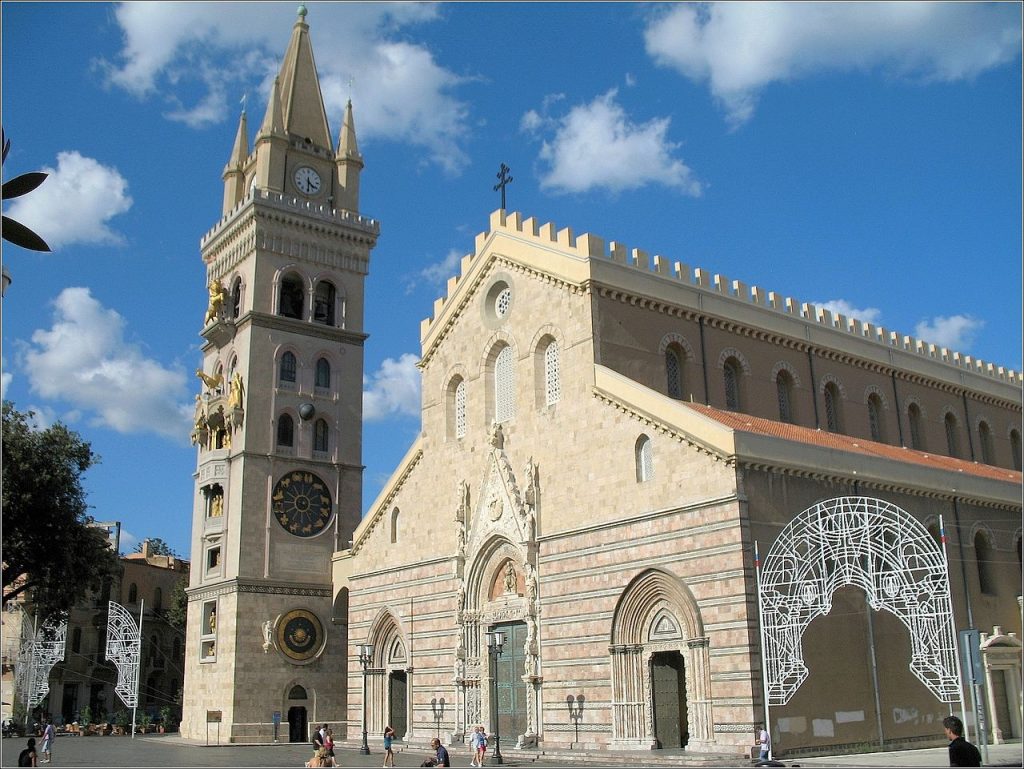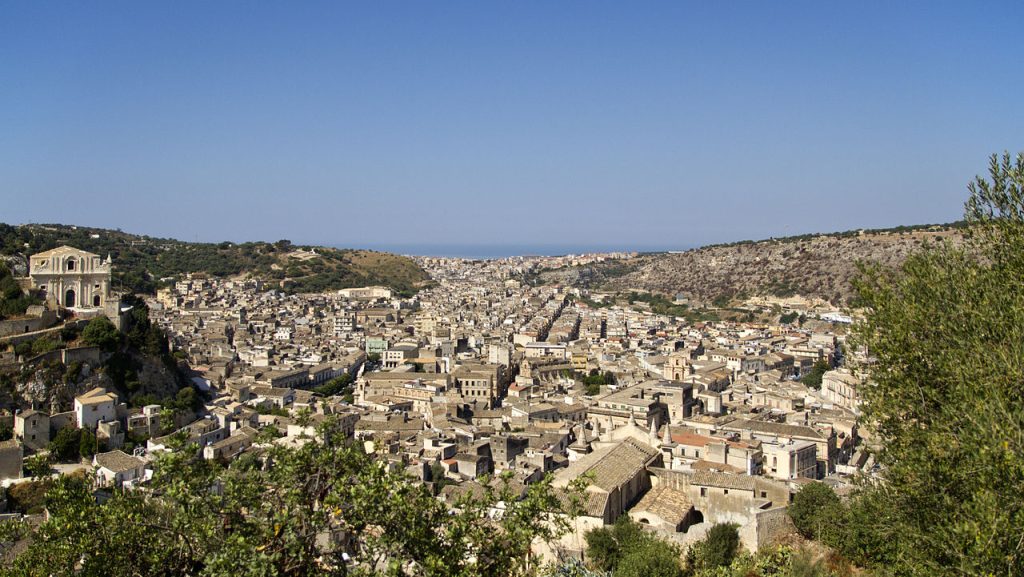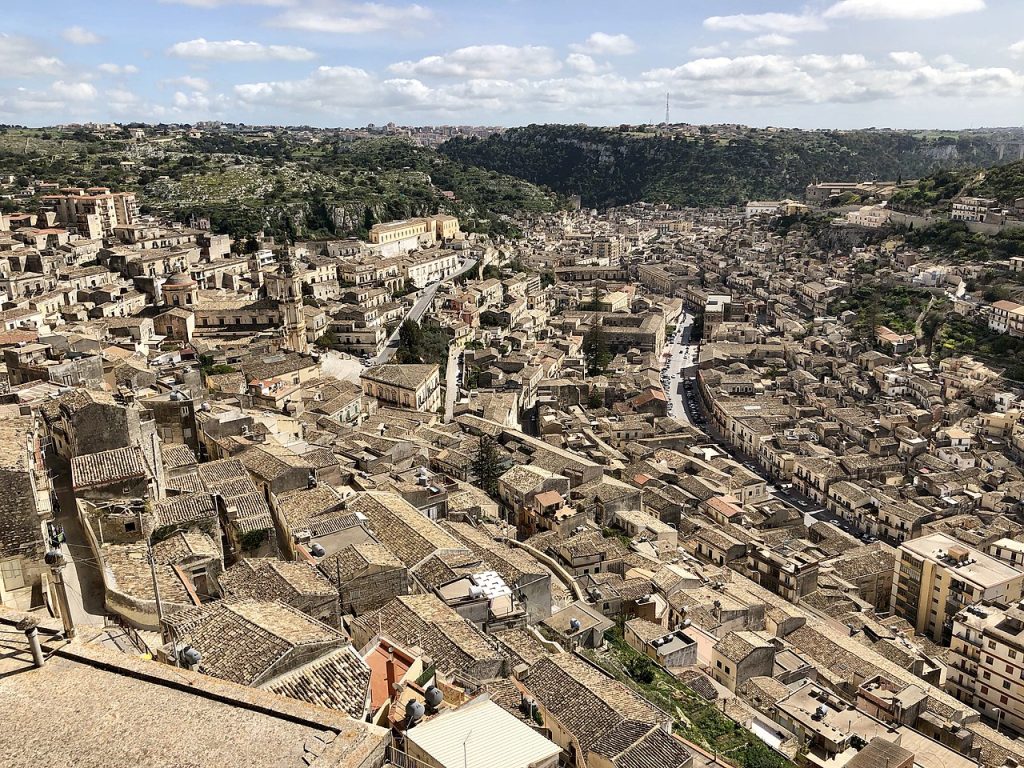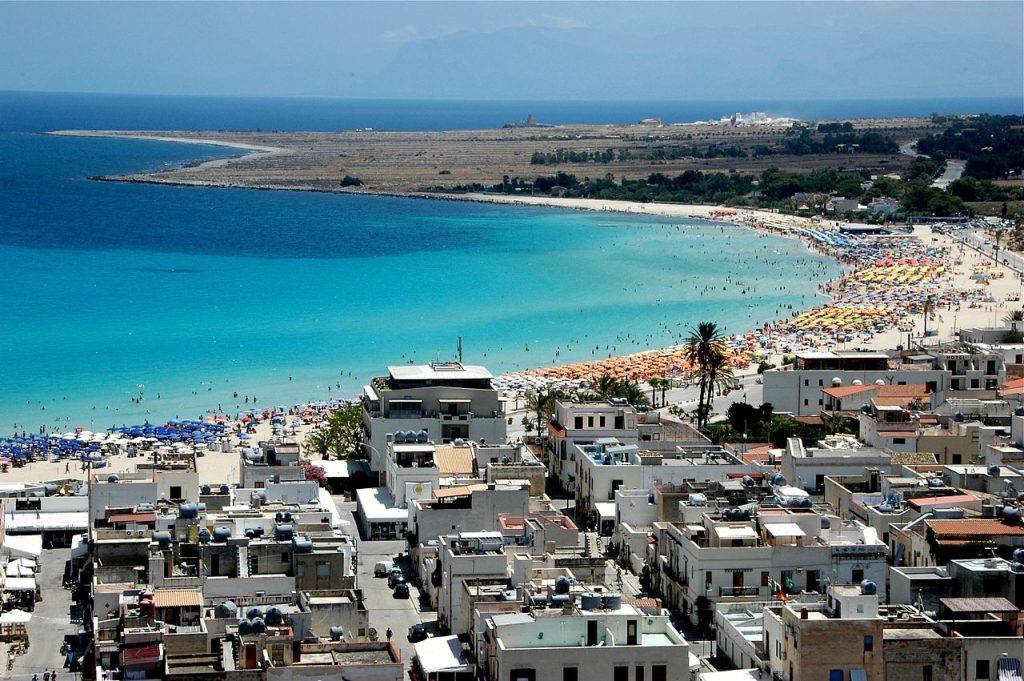
San Vito Lo Capo
It is an Italian city with 4690 citizens of trapani district in Sicily. Very famous seaside resort in Sicily, known for its beach, considered by a touristic sounding TripAdvisor in 2012 among the best in Italy. The western side of Zingaro Reserve is part of its district. It is in western Sicilian cost, adjoining on […]
